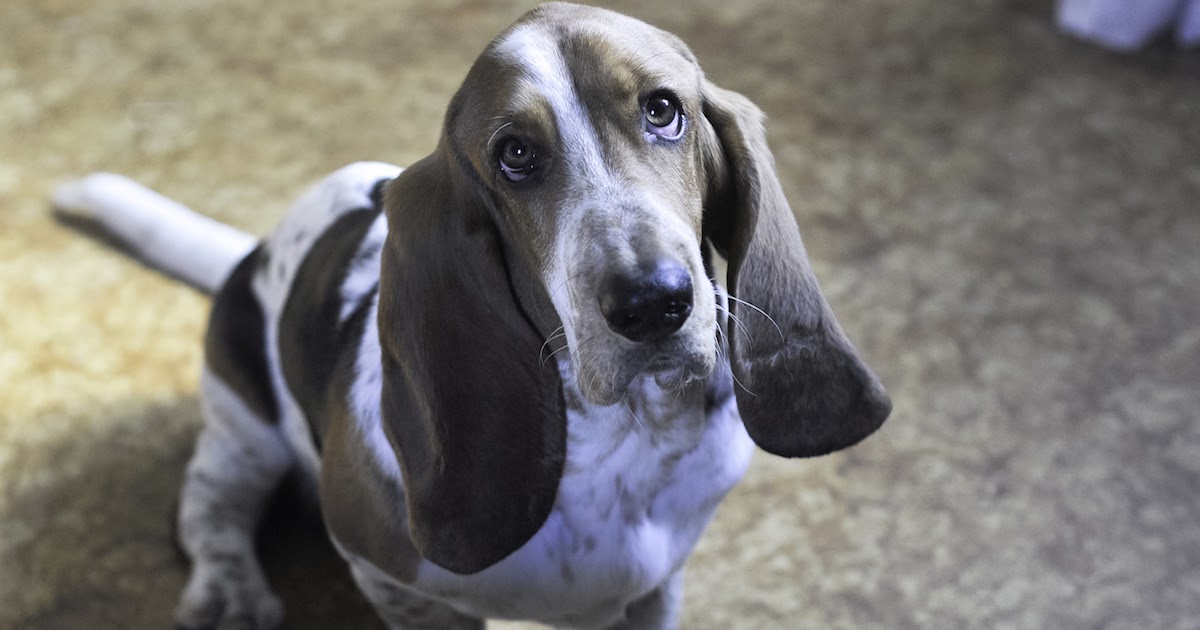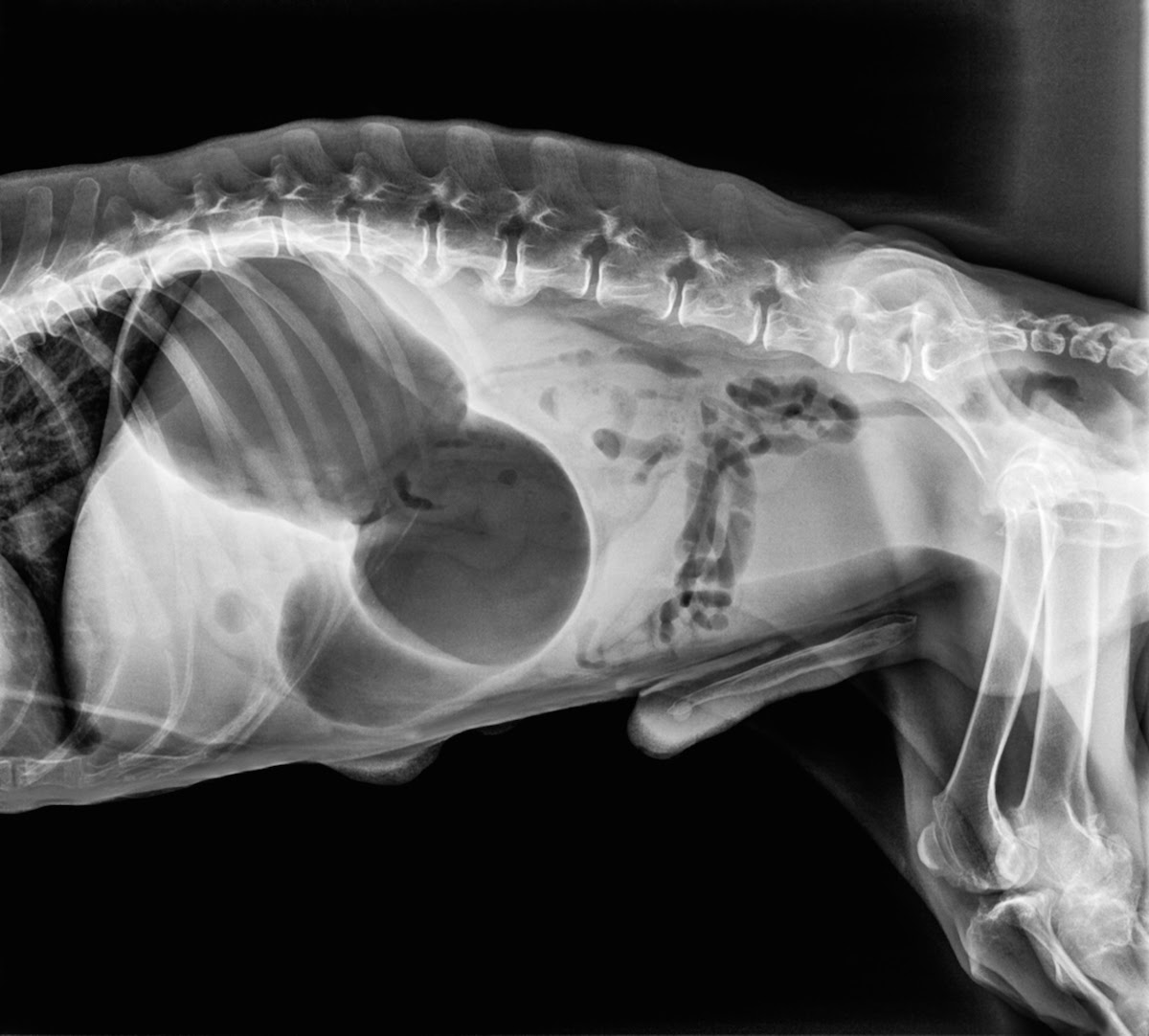- No products in the cart.

E-Mail: info@silversky.com.sg | Phone: +65 6742 7845
Contributing Writer: Chan Choy Yu

Basset Hounds are a deep-chested breed, which statistically makes them more at risk of bloat. What does this mean for them? Read on to find out.
So your dog has a round belly. As adorable as it looks, an overly round belly can sometimes be a sign of immediate danger for your pooch. This is because it might be a sign of bloat, which kills about 30% of the dogs it affects in less than a few hours. Yikes.
Also known as Gastric Dilatation-Volvulus (GDV), bloat refers to air accumulating in a dog’s stomach (dilation), sometimes to the point where the stomach starts twisting (volvulous).
Till today, vets aren’t entirely sure what causes this medical emergency, but there are some factors commonly associated with increasing a dog’s risk for bloating. These include having a deep chest, eating just one large meal a day, eating too quickly, having relatives who have suffered from bloat, stress, and a lot of running or playing after eating.
This condition can be extremely dangerous as the dilated and twisted stomach puts pressure on other organs, blocking off blood flow to the heart, stomach lining, and other parts of the body. This may cause a tear in the wall of the dog’s stomach, lead to organ failure, reduce the working blood volume, and send the dog into systemic shock. Ultimately, bloat can lead to death.

An x-ray scan of a dog with a distended and twisted stomach
Indications that your dog could be suffering from a bad case of bloat is not just a hard or distended abdomen. In deep-chested breeds, the distended stomach may be hidden behind its rib cage, and in especially furry or overweight dogs, it might be hard to spot visible bloat as well.
For more signs of danger, immediately keep your eyes peeled for:
Bloat also often occurs in three phases:
Phase 1
The dog will noticeably begin pacing, panting, and salivating. It will also attempt to vomit and its abdomen begins to enlarge.
Phase 2
The dog will begin to show signs of restlessness and may whine, pant, and salivate even more. Unproductive attempts to vomit will occur more frequently at every 2-3 minutes, and its gums will turn dark red. The enlarged abdomen feels tight and emits a hollow sound when tapped, and the dog will have a high heart rate. At this point, the dog should immediately be transported to the nearest emergency pet hospital!
Phase 3
As the dog’s condition worsens, the dog’s gums will turn white or blue. The dog will have difficulties standing, and the abdomen is very large and hard. Its heart rate accelerates to 200 BPM or more, and the pulse is becoming weak. Immediate treatment is needed at this point.
Time is truly of the essence with this condition, so we really recommend taking your dog to the vet right away if you notice any possible signs of bloat!

With bloat being such a scary, life-threatening condition, how do you help your dog minimise its risk of getting it? While there is no surefire method because of inconclusive scientific results and the many factors that may play a part in causing it, there are a few things you can do that may reduce the risk.
Firstly, feed your dog two or more small meals daily, within its allowed calorie intake. Make sure that your dog eats at an acceptable pace — if it’s a fast eater, consider switching to bowls with centre posts to slow down its eating speed, or separate your dogs during feeding times so that they do not feel a need to wolf down their food. Ensure that your dog rests after meals, and refrain from strenuous activities on a full stomach!
Also, keep table scraps away from your dog’s reach. Food that a dog is unaccustomed to, or high in carbohydrates, is more likely to produce gas, and too much gas can lead to bloat.Lastly, if you suspect that your dog is at risk due to the factors mentioned above, such as overeating and eating too quickly, you may opt for your dog to undergo a preventive surgical gastropexy. Generally, the older a dog, the higher the likelihood of bloat, and males also tend to be more at risk than females. However, you will have to consult your vet on how cost-effective this option is, and if it is even necessary or not.
In any case, to help prevent not just bloat but any health problems, be sure to take your dog for regular medical checkups so that your vet can keep tabs on the health of your pet’s heart, lungs, stomach, bowel, and other organs. Keep a list of emergency pet clinics ready too, in case your pet needs immediate medical attention!